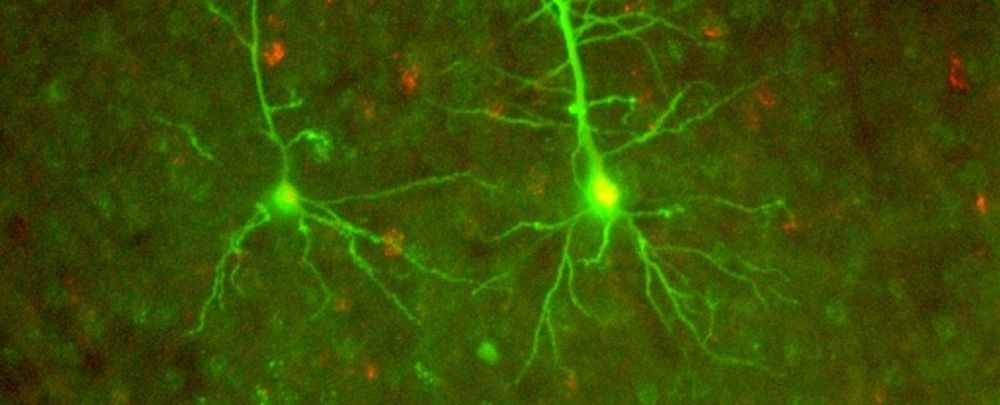Feb 18, 2019
Potential food allergens in medications
Posted by James Christian Smith in categories: biotech/medical, food, health
Imagine taking medicine oblivious to the fact that a food allergy can effect you taking simply medicine.
Certain substances derived from foodstuffs are used as excipients in drugs and vaccines for their pharmaceutical properties. Some of these food-derived excipients contain food proteins either intentionally or unintentionally as contaminants. As such, patients who have IgE antibodies directed against these food proteins are theoretically at risk for allergic reactions when exposed to the food proteins in the medications. However, such reactions are quite rare, usually because the amount of food protein is not present in a large enough quantity to elicit a reaction or because the particular protein is not a common allergen. When the food protein appears as an unintentional contaminant, the amount of protein, if any, that is present might be variable and might elicit reactions only from some lots of medication that happen to contain more of the food protein or illicit reactions only in patients who are exquisitely sensitive or happen to have IgE antibodies directed against a particular epitope in the contaminating protein. In most circumstances these medications should not be routinely withheld from patients who have particular food allergies because the overwhelming majority will tolerate the medications uneventfully. However, if a particular patient has had an apparent allergic reaction to the medication, allergy to the food component should be investigated as a possible cause. Even in this circumstance (ie, an allergic reaction to a medication in a patient allergic to a particular food and the presence of the food protein in the medication), the food protein would still have to be demonstrated to be causal by using appropriate testing because other allergens present in the medication could have been the cause or the medication might be capable of non–IgE-mediated mast cell degranulation.


















